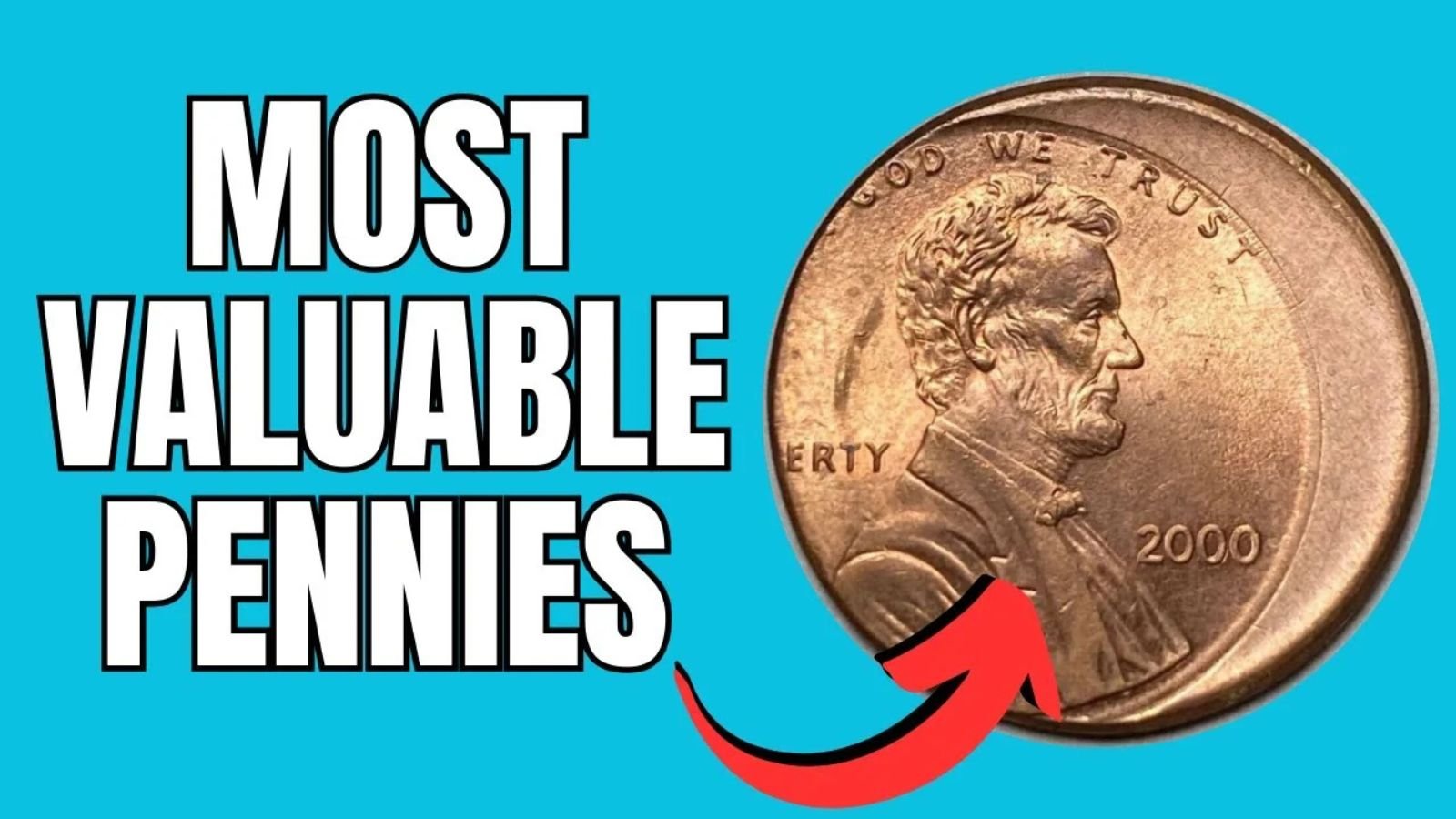Imagine discovering a tiny coin in your pocket that turns out to be worth an eye-watering $10 million. Sounds unbelievable, right? But that dream might not be as far-fetched as it seems. The rare Lincoln Wheat Penny is creating waves in the numismatic world for all the right reasons. Minted between 1909 and 1958, the Lincoln Wheat Penny is a staple of American coinage and history. While most of these coins still only fetch a cent or a few dollars, a handful—like the elusive 1943 bronze penny—can change your life forever.
Why Is the Lincoln Wheat Penny So Iconic?
The Lincoln Wheat Penny was the first U.S. coin to feature a real person: President Abraham Lincoln. Introduced in 1909 to commemorate Lincoln’s 100th birthday, the coin featured his bust on the front and two stylized wheat ears on the back, symbolizing prosperity and agricultural strength.
Millions were minted each year, and they circulated for decades. Because they were so common, most people overlook their potential value. But certain variations—due to mint errors or unusual materials—are now among the most prized coins in the world.
The Crown Jewel: The 1943 Bronze Lincoln Wheat Penny
The rare Lincoln Wheat Penny making headlines is the 1943 bronze edition. During World War II, the U.S. Mint shifted to using steel-coated zinc for pennies to conserve copper for wartime needs. However, a small batch of bronze blanks (used in 1942) were accidentally left in the coin presses. The result? A few bronze Lincoln Wheat Pennies were struck in 1943, and they are now legendary among collectors.
Experts estimate that only 15 to 20 of these coins exist today. The unique combination of rarity, historical significance, and accidental origin has catapulted these pennies to mythical status. In 2010, one such coin sold for $1.7 million. With inflation, collector demand, and historical allure, today’s value is estimated at up to $10 million.
How to Identify the Rare Lincoln Wheat Penny
You don’t have to be an expert to start hunting for treasure. Here’s how you can spot a rare Lincoln Wheat Penny:
- Check the Date: Look for the year “1943.”
- Inspect the Color: Steel pennies are silver-gray. The rare bronze ones are coppery brown.
- Test With a Magnet: Steel coins stick to magnets; bronze ones do not.
- Look for Mint Marks: Check below the date for a “D” (Denver) or “S” (San Francisco). Some of the most valuable versions come from these mints.
- Use a Magnifier: Look for any unusual markings or doubled letters.
If you find a potential candidate, take it to a professional coin dealer or grading service like PCGS or NGC. Do not clean the coin—that could reduce its value dramatically.
Rare Lincoln Wheat Penny:Real-Life Finds: Stories That Inspire
One of the most well-known stories is that of Don Lutes Jr., a Massachusetts teenager who found a bronze 1943 penny in his school cafeteria. He held onto it for decades before it was officially verified and sold posthumously for over $200,000.
Another collector discovered a rare Lincoln Wheat Penny while sorting through an inherited coin jar. The coin later fetched six figures at auction. These stories fuel the hopes of casual collectors and treasure hunters who now scour their piggy banks and coin jars in search of their million-dollar moment.
Where to Look for Hidden Treasures
You might be surprised where people have found rare coins:
- Coffee shop change trays
- Parking meters
- Flea markets
- Coin-operated laundromats
- Family piggy banks
Anywhere coins change hands, there’s a chance one of these elusive Lincoln Wheat Pennies could appear. The trick is being alert and knowing what to look for.
Tips for Aspiring Coin Hunters
If you’re serious about finding a rare Lincoln Wheat Penny, follow these steps:
- Keep Your Eyes Open: Don’t ignore spare change or old coin jars.
- Invest in Tools: A good magnifying glass and a basic coin guidebook can help immensely.
- Join Coin Collecting Communities: Online forums and local clubs are great for advice and sharing finds.
- Visit Coin Shows: Dealers often have insight into market trends and can help with identification.
- Preserve Your Finds: Use acid-free holders and avoid touching the coin surface.
How to Verify and Sell Your Coin
Once you’ve found a coin that seems promising:
- Take detailed, high-resolution photos.
- Avoid handling it with bare fingers—use gloves.
- Get it authenticated and graded by a trusted third party.
- Consider auctioning it through reputable houses like Heritage Auctions or Stack’s Bowers.
The value of a rare Lincoln Wheat Penny depends heavily on its condition and certification. A mint-condition coin with proper grading can fetch millions.
Final Thoughts: Could You Be Holding a Fortune?
The next time you find a penny on the ground, think twice before walking past it. The rare Lincoln Wheat Penny is a perfect example of how everyday items can be incredibly valuable under the right circumstances. It’s a piece of history, a symbol of rarity, and possibly your ticket to unexpected fortune.
Check your pockets, search through old drawers, and don’t underestimate the pennies in your life. Because one of them might just be worth $10 million.
Some Important Link
| Telegram Group | Click Here |
| WhatsApp Group | Click Here |
| Home Page | Click Here |
